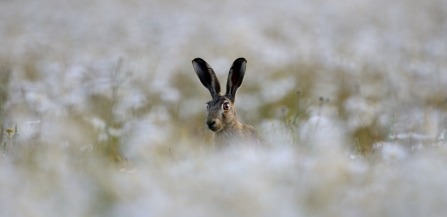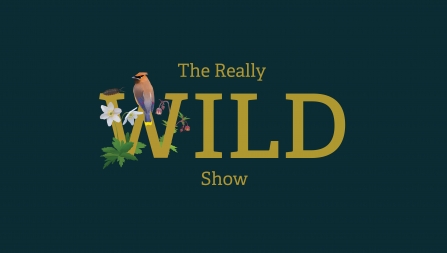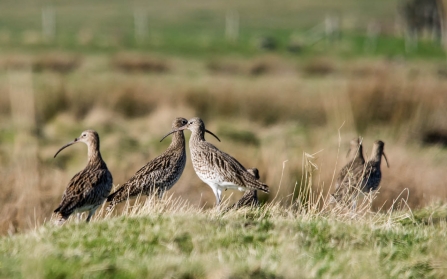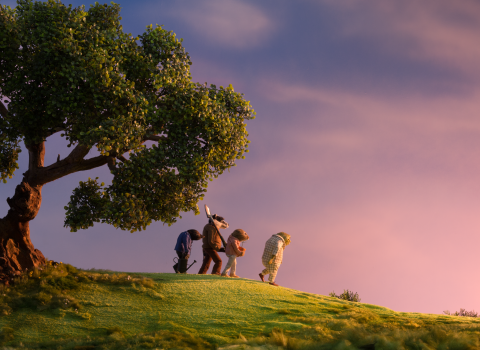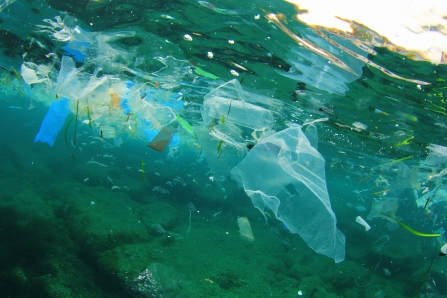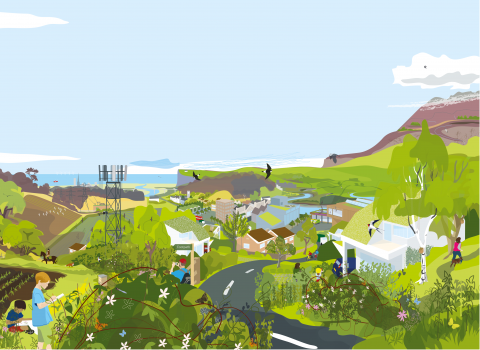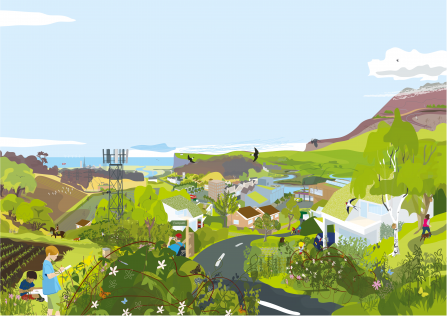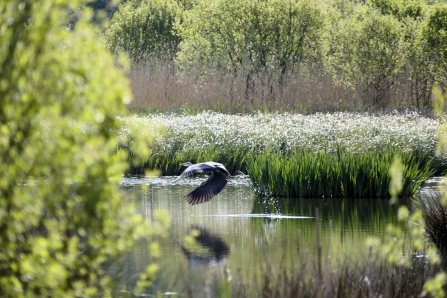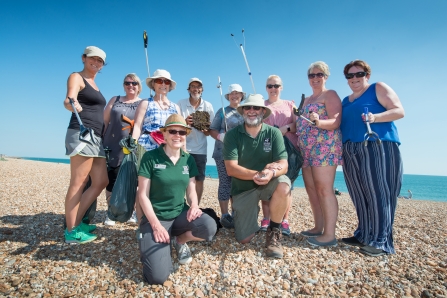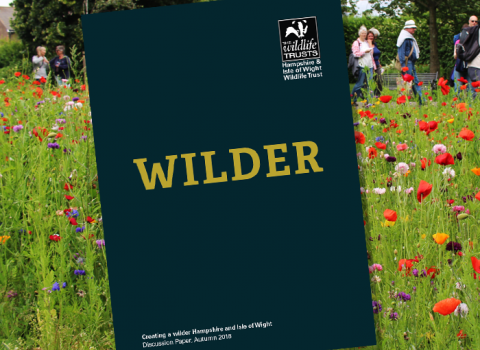At our members' AGM this weekend, I launched Wilder, a new discussion paper setting out the scale of the challenge ahead for our wildlife, and to provoke debate and discussion for what we all need to do to create a wilder future for our two counties.
Here is a copy of my speech:
Today I’m going to share with you our early thinking on our new strategy
We’ve been reflecting on the Trust’s history – and the scale of the challenge ahead for our wildlife.
This time we are going to develop our strategy in a different way. We want it to be a 10 year vision to 2030 – and we’ll be combining it with a campaign
We’d like to do some “thinking out loud”. We want to convene conversations – and provoke debate and discussion.
We want to come up with a plan that is shared – something that local people can be part of and help deliver.
We want to create a wilder future for Hampshire and the Isle of Wight.


